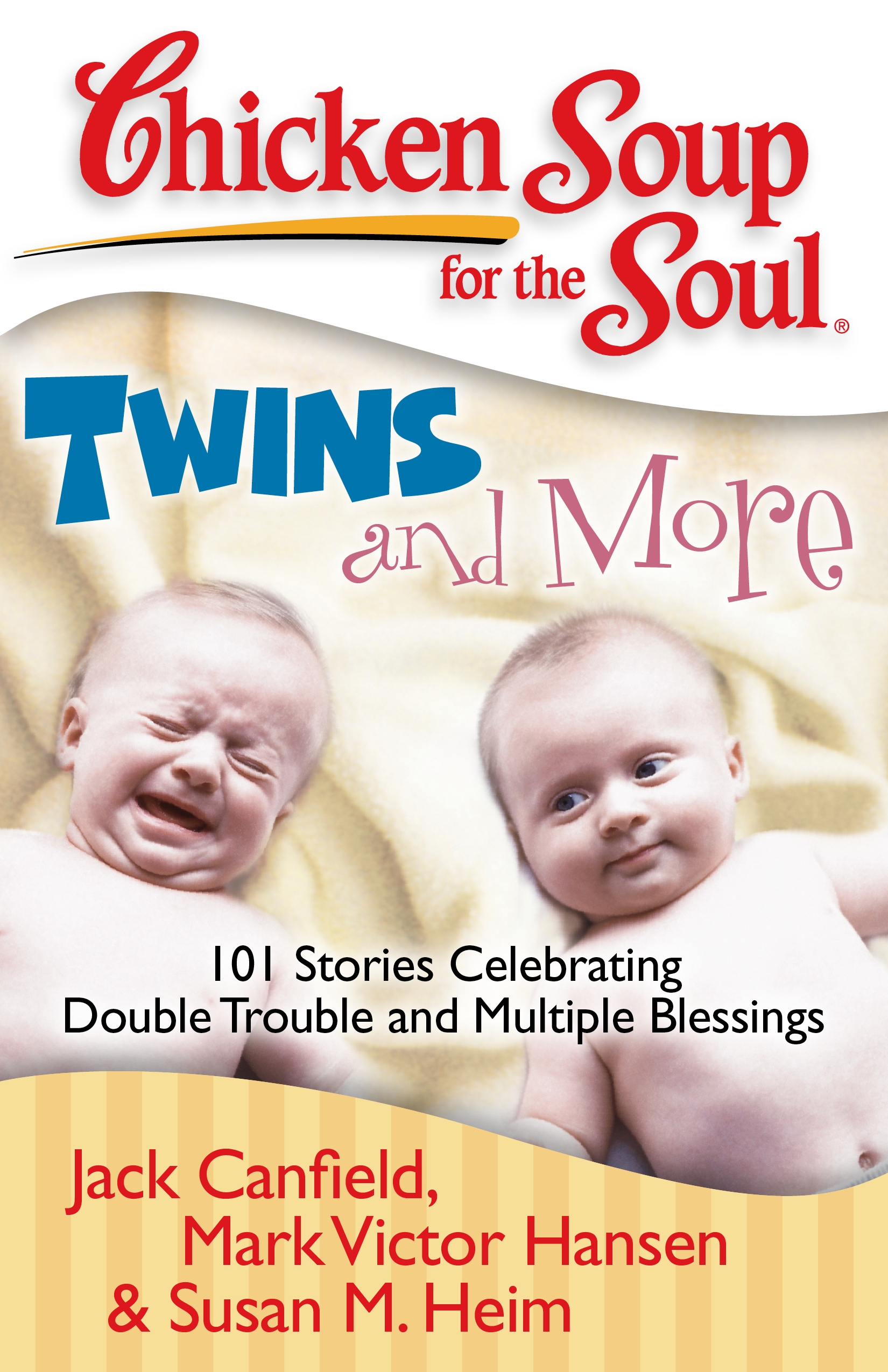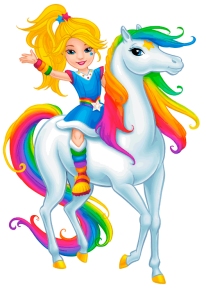
It's a tale as old as time, at least according to 90s juvenile movie tropes: for some reason or other (usually either some parental oversight or colossal change of plans) leaves one or many children utterly alone to do as they please and wreak havoc on their once-stable environment. While to anyone remotely grounded in reality can easily assess that this situation would inevitably end in starving, general run-amokery, and eventual outing to authorities, in movies it always seems like such a gas. What's that, the kids are completely unsupervised and without money or other necessary resources? Classic!
Don't Tell Mom the Babysitter's Dead is probably one of the most explanatory and descriptive movie titles to date. While other studios were issuing more subtle, nuanced movie titles, execs at Warner Brothers knew kids and teenagers had a short attention span. "Kids are pretty slow, so let's see if we can explain this entire plot in a single sentence and then assign that as the film's title. Deal?" The title managed to encapsulate the entire plot in six simple words. No ticket purchaser could claim they didn't know what they were getting into. It was right there on the stub.
The movie itself was yet another manifestation of the ultimate kid fantasy of autonomy based on the false notion that being an adult is carefree, easy, and cheap. We certainly get a sense of this from the preview, when two of the male Crandall children deviously announce, "Dishes are done!" after shooting them in the air clay-pigeon style. No one would alert the authorities on that one, right? Just a couple of kids sniping on a neighbor's roof. Kids will be kids.
Contrary to the happy-go-luckiness of the preview, Don't tell Mom the Babysitter's Dead actually explored some of the potential monetary woes that a group of unruly, unemployed teenagers would potentially encounter. Namely, that they can't afford food. Sure, it's all fun and games when your babysitter dies (or at least so this movie would lead us to believe), but how do you intend to stay under the radar of child services when you don't have the means to keep yourself fed? How, I ask you?
But perhaps we're getting a tad ahead of ourselves here. Let's start at the very beginning (as an incessant childhood viewer of The Sound of Music, I can pretty safely verify that that's a very good place to start). The plot was relatively simple: prior to the start of the movie, Mrs. Crandall announced to her brood of zany and sometimes incorrigible children that she's planning to spend her entire summer in Australia, sans her five lovable little hellions. Naturally the kids are psyched, particularly teenage Sue Ellen (played by Christina Applegate), or at least we're led to believe this on the basis of her being the main character. The older kids are making all sorts of ruckus-rousing plans for the summer, while the younger ones grumble about their mom's abandonment.
What Mrs. Crandall conveniently fails to tell them was that they were not, as assumed, to be staying alone for two months. Right before their mother is set to leave, Sue Ellen answers a knock on the door to find a little old lady who introduces herself as "Mrs. Sturak, the babysitter." Even though all of us with ticket stubs or blurb-splattered VHS cases in our possession know the eventual fate of Mrs. Sturak, Sue Ellen is pissed. When confronted, Mrs. Crandall offers, "She has a lot of experience." Sue Ellen huffs, "Of course she does. She's 200 years old." Burn! Oh, Sue Ellen, you brassy, sassy 90s teen fashion magnate. What will you say next?
Of course, the minute Mrs. Crandall exits stage left, supposedly kindly Mrs. Sturak turns into a terrorizing tyrant. It looks like it's going to be a long, hellish summer. Until the prophecy of the movie title is fulfilled, of course.
As I child, I found Mrs. Sturak's death scene to be pretty dark. I say this mainly because even though I loved this movie and watched it endlessly (literally, until the tape began unraveling) the title seen in which the crazy Mrs. Sturak kicks the bucket always scared the bejeezus out of me. Now, of course, I realize that Sue Ellen's brother's pothead paraphernalia and pseudo-pornographic images giving Mrs. Sturak a heart attack make the scene pretty funny, but at the time I thought he was some sort of satanic worshipper. Ah, the pangs of innocence. I was all riled up because Mrs. Sturak smelled some not-so-fresh bongwater.
Naturally, everything that happens from this point on is intensely and completely ridiculous. For some reason (read: no reason) they can't just call their mother and tell her what happened. No, it would be best to act criminally insane and purge the body. So they do what any logically thinking, level-headed kids would do in this situation: stash the body in a trunk and quietly drop it off at a local morgue. Thankfully, they had the good sense to attach a note: "Nice old lady inside. Died of natural causes." Of course, it's not till after all this body-ditching is over that they realize Mrs. Sturak was in possession in all of the money their mother left for the summer. Very smooth indeed, Crandalls. Very smooth indeed.
While everyone still has high hopes for their summer sans authority, this pennilessness puts a bit of a damper on their plans. As the oldest, Sue Ellen grudgingly accepts an admittedly crappy fast food job. This is clearly an ill-fated plan, and prissy Sue Ellen quits soon thereafter. Luckily for Sue Ellen as the ingenue, she manages to form a relationship with remarkably hot coworker Bryan during her short tenure as a hot dog jockey.

Seeking cushier employment, Sue Ellen applies for a receptionist position at a local fashion firm. Though in retrospect Sue Ellen's wardrobe choices are highly suspect, at the time she was quite the fashion plate and this seemed like a logical fit. Of course, Sue Ellen is a mere high school grad, so she lifts some buzzwords from a resume-tip book and forges the resume of an accomplished 28-year old. In a whirlwind of increasingly unlikely events, Sue Ellen's resume garners so much positive attention that the Senior VP offers her the Executive Administrative Assistant job she'd promised to her old receptionist (who is conveniently Sue Ellen's new boyfriend's sister. Obviously). I smell some inner workplace tension brewing.
Of course, Sue Ellen doesn't know how to do anything except steal from the petty cash supply. In fact, that's pretty much all she does. Her brood is getting hungry, so she pilfers some petty cash for groceries. Unfortunately, her increasingly selfish siblings each squander the salary in some silly sense. They've still got not money, and Sue Ellen is on the verge of being in huge trouble for totally depleting the petty cash fund.
Meanwhile the company is hovering on bankruptcy. The clothes are hideous and in turn, no one wants to purchase them. Her problems compounded by trouble in romantic paradise, Sue Ellen is feeling pretty SOL. What happens next is pure cheesy 90s movie moments at its best. Our girl SE has an epiphany, and singlehandedly undertakes the task of redesigning the fashions to save the company:
Sue Ellen saves us all!
All the Crandall kids clean up the house and agree to pitch in to throw a huge fashion show launch at their house. Everything is going swimmingly, until of course in typical 90s movie fashion incredibly obvious things go awry. SE's heartthrob Bryan shows up. Mrs. Crandall is home from Australia. Sue Ellen's forced to own up to the fact that she's a huge liar, and thief, and oh yeah, only 17. While in real life, all sorts of horrifying pending legal action would ensue, everything here works out perfectly. The fashion company is pleased, Mrs. Crandell calms down and is impressed by Sue Ellen's hard work, Bryan and Sue Ellen have a romantic reunion. Sue Ellen's boss even offers her a real full-time job, but Sue Ellen maturely decides to (wait for it...wait for it...) go to college instead. All together now: awwww.
Cut to the last scene, where the guys from the morgue are chilling at Mrs. Sturak's tombstone, musing over how sweet it was for her to leave them all that cash. See how everything worked out for everyone and no one was ever angry or suspicious in the countless situations that warranted it? That's the beauty of 90s movie idealism. Anything can, and inevitably will, happen.
Sure it's glossy and unrealistic, but it was actually a fun movie. Everyone even managed to learn a lesson, so movie-going parents didn't mind so much all of the rest of the initial conflicting bad messages their impressionable kids were being exposed to. The magic of these types of 90s movies was the convenient, simplified ending in which everyone lives happily ever after. Sure, it's not realistic, but it is entertaining. After all, no one wants to see Sue Ellen's ass dragged to court or the kids convicted for disposing of poor old Mrs. Sturak's body. No, no, all's well that ends well, and that's just the end.
Check it out:
Watch the whole movie on YouTube! (in 10 parts)
















